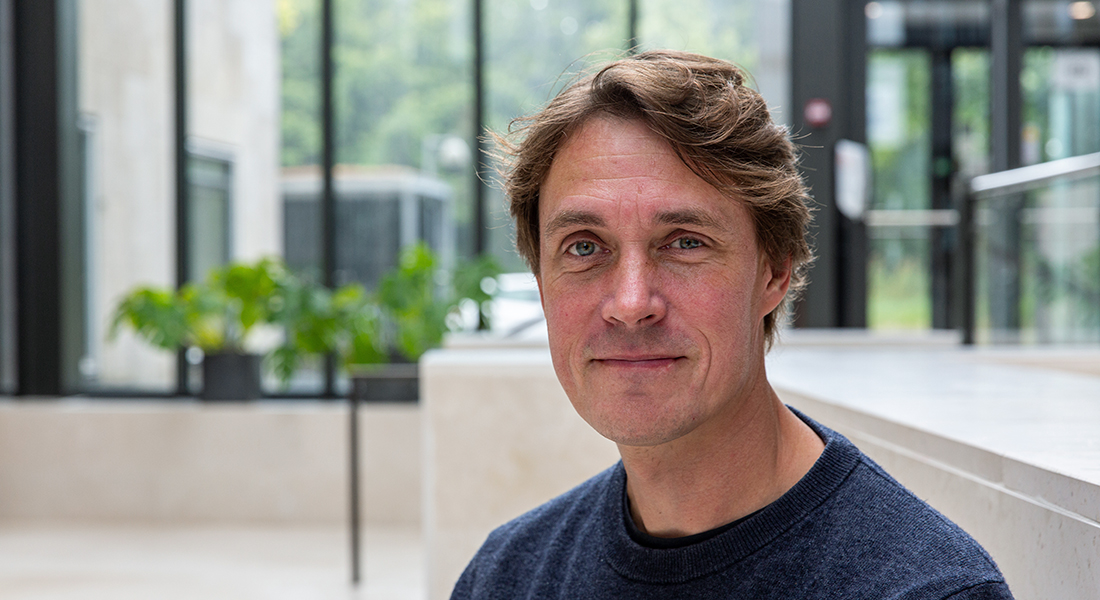Neural network solves crystallographic problem
A team of researchers from Department of Pharmacy have successfully shown how a neural network can solve a central problem in crystallography.

The team, consisting of Anders S. Larsen, Toms Rekis and Anders Østergaard Madsen recently had their article: “PhAI: A deep learning approach to solve the crystallographic phase problem” published in Science yesterday.
Since 1912, X-ray methods have been used to examine the crystallographic properties of materials, and when it comes to reconstructing the density of electrons that determines the exact structure, researchers have so far relied on mathematical methods that has been incomplete and only working for high-resolution data. The team developed and trained a new neural network they named PhAI. Feeding PhAI with a vast amount of data such as millions of artificial crystal structures and their corresponding diffraction data, they have a new solution to the so-called phase problem in crystallography, which works for data at much lower resolution.
Anders S. Larsen and Toms Rekis are first authors on the publication and Anders Østergaard Madsen conceived the original idea and supervised the project. Lundbeck Foundation supported the research behind the publication with a grant.
